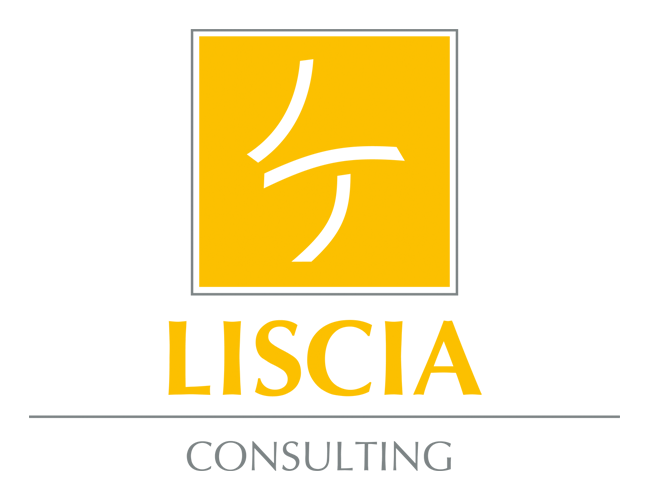Swift, dynamic technological changes have lowered the shelf-life of professional knowledge, so there’s no getting around lifelong learning – something generation Y and Z employees are well aware of and demand of their employers. Knowledge management is an important aspect of this topic. Increasing insight into the economic significance of knowledge has intensified the conscious inclusion of employees’ knowledge and skills in strategic and operative leadership and personnel activities. The ability to learn faster than its rivals could eventually become a company’s only remaining long-term competitive advantage.[1]
Consequently, you owe it to your company to give your employees access to learning opportunities. Don’t forget, your business is only as good as your employees. In the eighties, Jack Welch, General Electric CEO from 1981 to 2001, coined the term learning organization. He established an inhouse Manager Academy at GE: Strategy is unleashed when you have a learning organization where people thirst to do everything better every day. They draw on best practices from anywhere and push them to ever-higher levels of effectiveness. You can have the best big aha in the world, but without this learning culture in place, any sustainable competitive advantage will not last.[2]
Of course, since the 1980s digitalization and the quantum leap in technical innovations has powerfully transformed the learning organization. The Corona pandemic poured oil on the technical development fire, but the years leading up to it distinctly pointed in the direction of both digital collaboration and online learning. HR departments and leaders are called on to create a supportive space for continuous learning and inhouse exchange of knowledge. Employees are challenged as well by what is known as autonomous learning, i.e. attaining the necessary skills for their fields independently. Autonomous learning goes hand in hand with the 70:20:10 learning theory that has gained ground over the past decades. Developed by Morgan McCall, U.S. American scientist, while drawing from psychologist Hermann Ebbinghaus’ insights, the theory classifies efficient, successful learning thusly: 70 percent of learning is absorbed through daily practice and mastery of on-the-job challenges – learning by doing. 20 percent of skills are learned through inhouse mentoring with the support of and interaction with colleagues and/or leaders. You may have heard of the latter as peer-to-peer learning – learning from a colleague of equal hierarchical status. This constitutes a perpetual learning process with casual, on-the-spot feedback as well as taking on your colleague’s duties when she falls ill. According to Morgan McCall, only 10 percent of learning comes from external impulses such as training, seminars, coaching and e-learning.[3]
Aha! So, McCall’s mere 10 percent of external learning input means I can stop investing in advanced learning and relegate learning responsibility solely to my employees? No way! As an employer, you are and always will be obliged to provide your employees with access to advanced learning – an obligation you should take quite seriously. First invest in your workforce, then, when they are ready, you can also expect them to learn autonomously.
An excerpt from the book “Leadership is More – 27 Questions We Too Can Answer” written by Gianni, Jan & Marcello Liscia, 2022
[1] https://www.yumpu.com/de/document/view/11038907/nachhaltigkeit-vonpersonalentwicklungsmassnahmen/Sustainable personnel development measures, accessed June 14, 2022.
[2] https://karl-schlecht.de/fileadmin/daten/Download/Buecher/Welch-Winningengl-orig.pdf, pg. 86, accessed Sept. 3, 2022
[3] Cf. https://www.avendoo.de/70-20-10-die-formel-fuer-den-idealen-lernprozess/ 70-20-10 /Formula for ideal learning processes, accessed Feb. 26, 2020.




